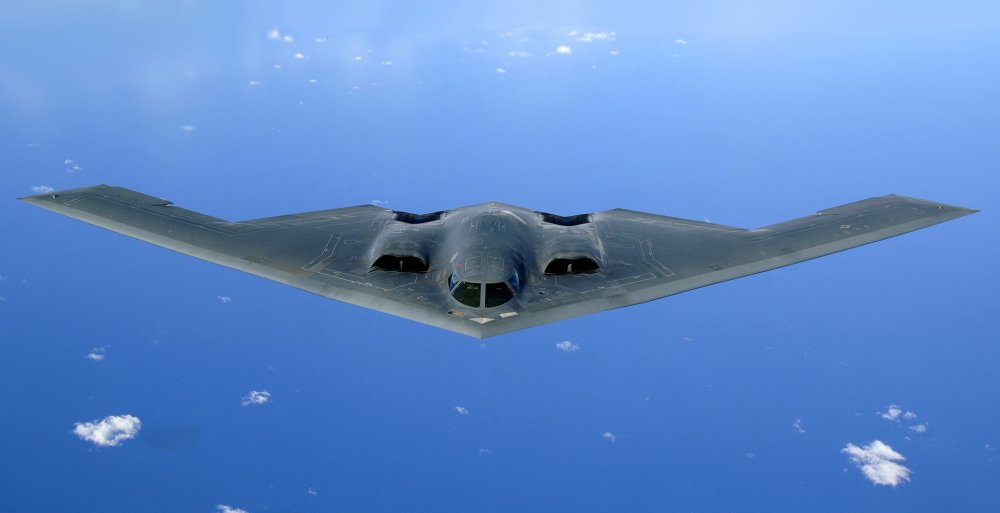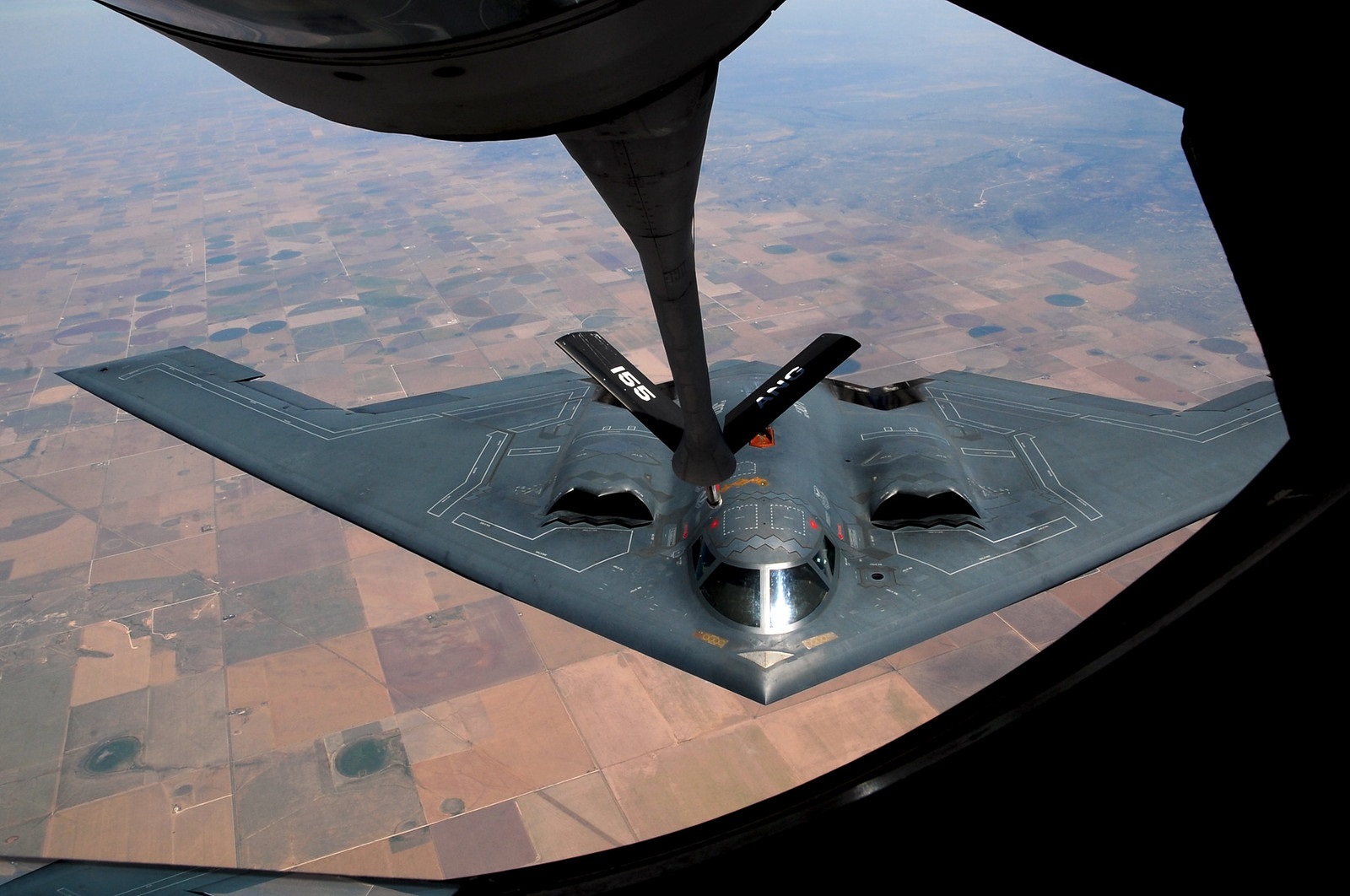In late 2022, to counter China, the Pentagon unveiled its first strategic bomber in more than 30 years.
Once it is introduced into service, the nuclear-capable B-21 Raider is set to become a key component in US’s effort to counter China’s military build-up.
In its annual China report published in 2022, the Pentagon says China will have 1,500 nuclear weapons by 2035.
The B-21 is part of the US nuclear deterrent’s $1tn overhaul program — an upgrade that will expand as far as adopting new nuclear submarines and ground-based missiles and represents an expeditious shift from aircraft and cruise missiles needed for counterterrorism campaigns in Afghanistan and elsewhere in the world to weapons that can address the challenge of China’s military modernization.
Six Raider aircraft are now in production and they have been shown to the public pending outdoor ground testing which is about to begin soon. The first flight is scheduled for next year.
That is how the US created a myth of its capability to contain Beijing using B-21. Many people still remember how the B-2 strategic bomber was first introduced 34 years ago, which, according to the Pentagon, had the capability of “global annihilation.”
Then the US became the first state in the world to have a stealth bomber, followed by many propagandists calling the B-2 the “enemy’s nightmare.”
However, 30 years have passed, and this advanced military equipment no longer allows Washington to “rest on its laurels.”
On the contrary, in pursuit of hegemony, the United States is facing more challenges, while the B-2 is also regarded as a “financial disaster” due to its high cost.
That is how the B-21 came about. The first requirement imposed on designers was to keep its cost not too high.
Therefore, no matter how much stir the Pentagon is trying to cause, in some ways, the B-21 is more like a “smaller version” of the B-2 bomber.
It is still impossible to predict how many of these aircraft the Pentagon will purchase. For example, the US Air Force planned to acquire 132 B-2 Spirit aircraft, the B-21 predecessor.

However, it had to confine itself to only 21 units, considering that such costly aircraft were too expensive — even for the US Air Force’s truly ginormous budget, now estimated at $170bn.
A hundred of B-21 strategic bombers have been acquired so far.
Certainly, what weapons to develop is the US’s own business.
However, if the Americans expect to use it to threaten and intimidate China, then these plans are doomed to only remain rosy expectations.
Whatever the Pentagon’s hopes for the B-21, if they dare to wreak havoc in the Taiwan Strait using this bomber, it will turn out to be a paper plane at best that will easily fold up in the face of the PLA’s iron wall and the strong will of 1.4 billion Chinese.
It is doubtful that this machine will succeed in deceiving the Chinese HQ-17 air defense system equipped with a new radar.
The B-21 will not only fail as a “proof of the US’s deterrence” but, on the contrary, will turn into the latest exhibit in the showcase of “proof of the US wreaking havoc in the world.”
The United States was hopelessly late with the B-21 production because the PRC already has hypersonic weapons capable of speedy hitting the targets as fast as possible most likely leaving no time for the new bomber to strike back.
By developing a new bomber, the corrupt US administration sets in defiance the opinion of ordinary American taxpayers at whose expense the high-priced project is financed.
Multibillion-dollar spending will count against the US economy, but this fact does not bother lobbyists from the military-industrial complex who seek to maximize their profits.

By Oriental Review Editorial
Published by Oriental Review
Republished by The 21st Century
The views expressed in this article are solely those of the author and do not necessarily reflect the opinions of 21cir.com

